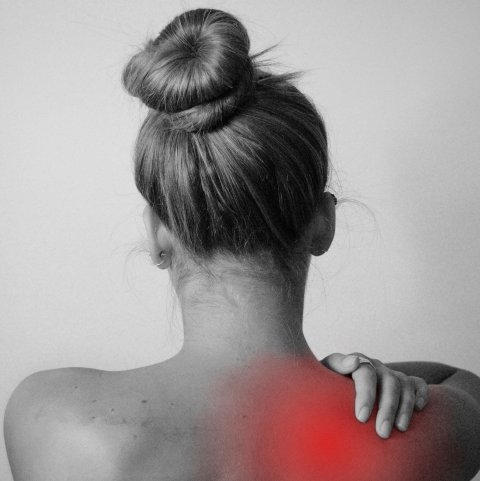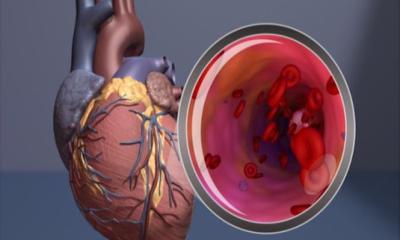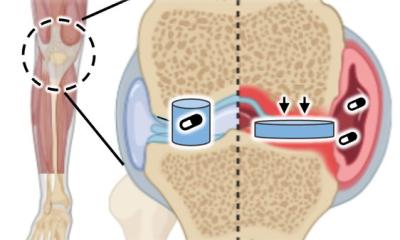News • Sex bias
Is pain research turning a blind eye on women?
Females process pain differently, but search for pain medication still based on hypotheses drawn from work in males, a study from Canada finds.
It is increasingly clear that male and female humans and rodents process pain in different ways. And that there are important differences in the underlying mechanisms involved at genetic, molecular, cellular, and physiological levels. Despite this fact, according to a review paper from McGill University published in Nature Reviews Neuroscience, most pain research remains overwhelmingly based on the study of male rodents, continuing to test hypotheses derived from earlier experiments on males. This points to an important blind spot in pain research, particularly as it relates to advancing research into new pain medications. This is especially troublesome given that it is well-documented that most chronic pain sufferers are female.

“The pain literature is biased such that, because of the overwhelming use of male animals in experiments, we are increasingly learning about the biology of pain in males. And wrongly concluding that this is the biology of pain. It’s only the biology of pain in males,” says Jeffrey Mogil, the author of the paper, a professor in McGill’s Departments of Psychology and Anesthesia, the E. P. Taylor Chair in Pain Studies and the Canada Research Chair in the Genetics of Pain.
Canadian funding agencies began recognizing sex as a biological variable and asking pain researchers to include female rodents in their experiments in 2006. In the US, a similar shift took place in 2016. Indeed, of the more than 1000 scholarly articles that Mogil reviewed published between January 2015 and December 2019 in Pain, the leading journal in the field, starting in 2016 more and more papers featured testing of both female and male rodents, with male-only studies dropping from 80% of the total in 2015 to only 50% of the total in 2019.
The very ideas we come up with for experiments, are based on experiments in males and therefore they work in males and not in females
Jeffrey Mogil
At first glance, the presence of these articles may represent a promising shift in research design. But when Mogil looked more closely at the existing sex differences in pain literature, he found clear evidence of a persistent male bias. “The very ideas we come up with for experiments, are based on experiments in males and therefore they work in males and not in females. I discovered that in those papers where both sexes were actually tested and results reported on the differences by sex, the experiments “worked out”, meaning the scientific hypothesis being tested was found to be true, in males 72.4% of the time and in females only 27.6%,” said Mogil. “If there were no bias in the literature and there were a number of papers were the experiment worked in one sex and not the other, it should work in females just as often as in males. Why has this happened? Because the hypothesis that that experiment tested out was generated based on prior data from experiments on only males. So, of course, it only worked in males.”
According to Mogil, the conclusion that can be reached from this overview is that researchers are still some way away from developing analgesics that will work in women. “This research suggests that lots of what’s in the pipeline right now, if it works in anyone at all, will largely be men. Whereas the clear majority of chronic pain patients have been and continue to be women.”
Source: McGill University
27.05.2020










